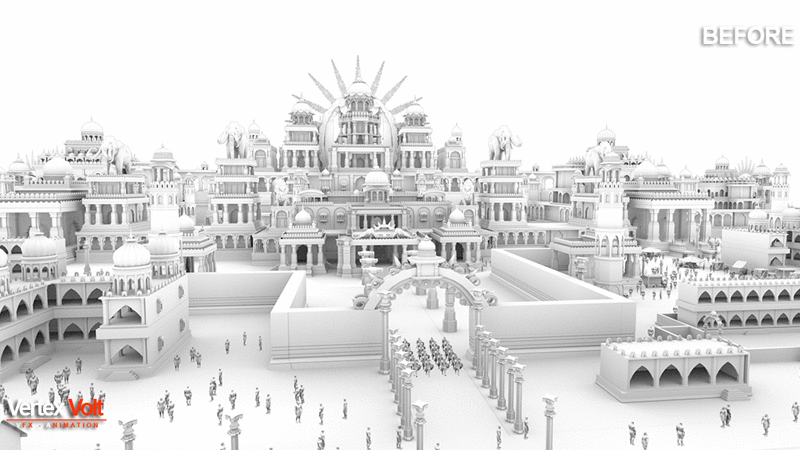Media and Entertainment (M&E) industry is growing by leaps and bounds over the years and this leap has led to an impetus in the visual effects, gaming and technology sectors.
Talking about the M&E trends that India will witness this year, Autodesk, India and SAARC head, Alok Sharma says, “The media and entertainment sector has evolved over a period of time and even though it has many sub-segments, the industry overall is growing at a fast pace. Presence of VFX industry is felt in all segments i.e. films, television and advertisements. Few movies that were nominated for Oscars had the VFX work been done in India and will continue to happen in the coming year. Gaming has benefited and grown, thanks to the mass availability of smartphones in the country.”
With the blockbuster movie of 2015, Baahubali, Visual Effects is slowly been taken seriously not just in movies but also in television space with shows like Siya ke Ram and Mahabharata. This year many movies will hit the screens that will be having some insane visual effects like Airlift, Fan, Mohenjo Daro, A Flying Jatt, 2.0 (Enthiran 2), Baahubali: The Conclusion.
Speaking about the Indian VFX industry, Sharma says, “It’s not just the big-budgeted Indian movies but also the small screen shows which are now investing in VFX that could rival that of movies in terms of visual quality. With genres such as supernatural and mythology being received fairly well, the industry appears to be determined to feed the audience with a superior quality of special effects in the coming year as well. Some of the recent shows have taken many by surprise with their VFX quality — cases in point are serials like Mahabharata, Everest, Siya ke Raam, Naagin and many more. Additionally in the web space, new age companies like Housing.com, 99acres.com are using 3D technology to sell/rent homes on the internet. Designers are giving users rich, unique experiences through the use of visual storytelling. Techniques such as Cinemagraphs which use very low bandwidth over the net will be continued to use widely.”

With VFX industry gaining importance, the Virtual Reality segment is also seeing an upward trend. Many companies like Oculus, HTC (co developed by Valve) and India’s very own Absentia VR will launch their consumer versions of headsets this year, developing a new platform for entertainment.
Sharma stresses on the fact that how from VFX, the industry is slowly evolving and taking a liking towards the VRX (Virtual Reality Effects), “Virtual Reality (VR) is so far beyond the two-dimensional, detached experience of the majority of our visual entertainment that it’s able to tap into our more instinctive behaviour. Users may be sitting in a chair but their headset is delivering heightened sensation and an immersive experience. How virtual reality effects (VRX) will change the media and entertainment world will depend on how many headsets are sold commercially, but it’s also worth considering that there are almost no artists and specialists who are trained in VR. Everyone currently working in VRX trained themselves on the tools in the last 12 months. This has big implications for next generation talent, and is the inevitable evolution of visual effects (VFX).”
Whereas on the post-production front, new companies are emerging like NY VFXWAALA and Drishyam VFX giving competition to the well established players. Sharma goes on to mention how post production as a service will become delocalised and international, “Post-production will become less bound by traditional facilities in the way that distribution has freed itself from retail stores. It will be spun up and down as needed and use tools as services when and where they want them. Over the next five years, we should see the industry change as new start-ups work to disrupt incumbents by spinning up quickly to complete projects and winning them (and as the incumbents adapt to this new competitive threat).”
“Media consumption across the globe is increasingly happening in digital formats. Increasing internet penetration and access speeds, a plethora of devices that support content consumption, and the rise of digital media players are driving the on-demand digital content industry. With multiple content consumption choices, consumers are shifting from content ownership to having always-on access to a vast library of digital entertainment on their own terms. The supply side ecosystem has to keep up,” Sharma says in the end.
With Netflix debuting in India, it will be interesting to see if it will affect the M&E industry and how the Indian marketeers will strategise to be in the top.
